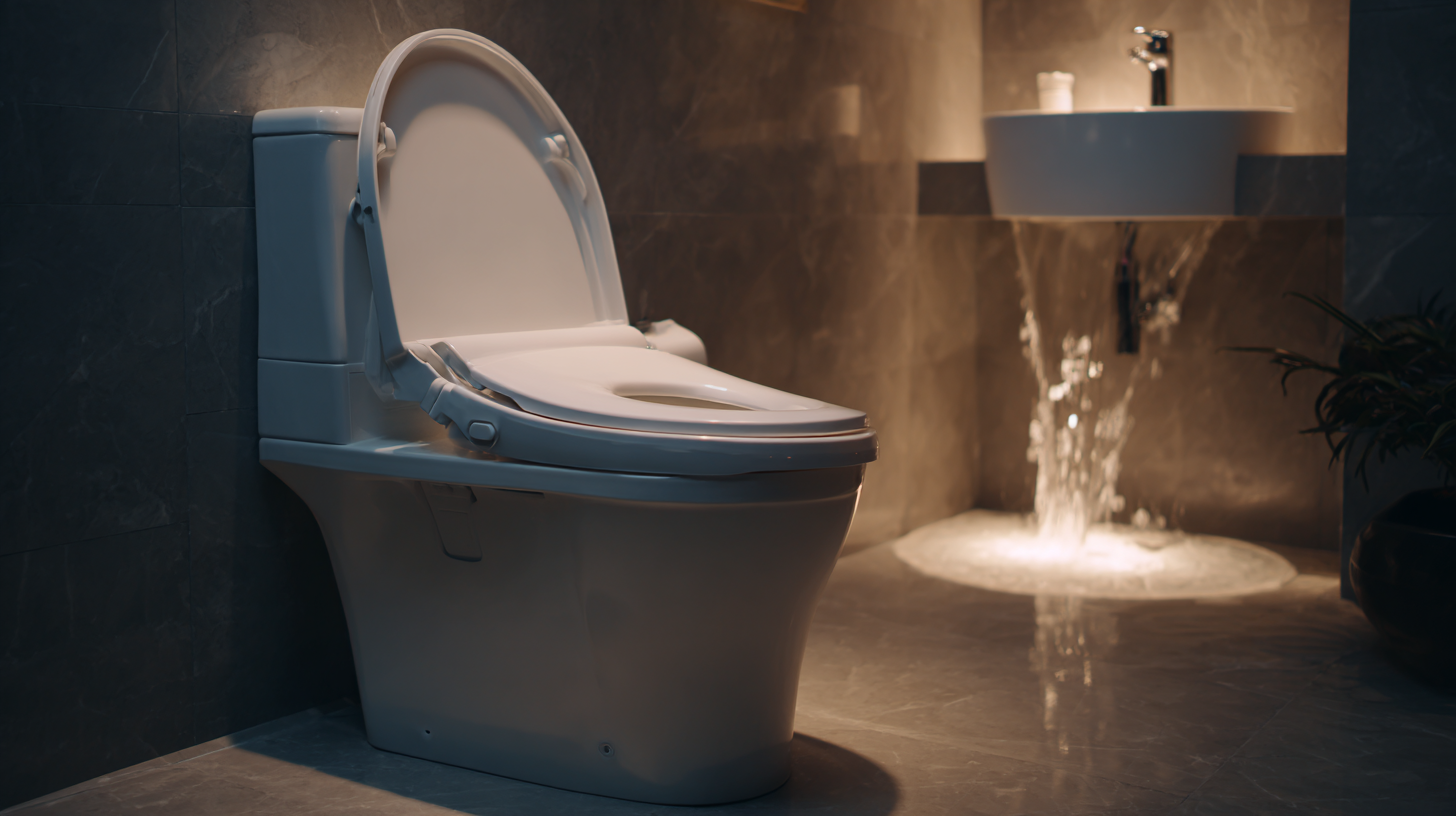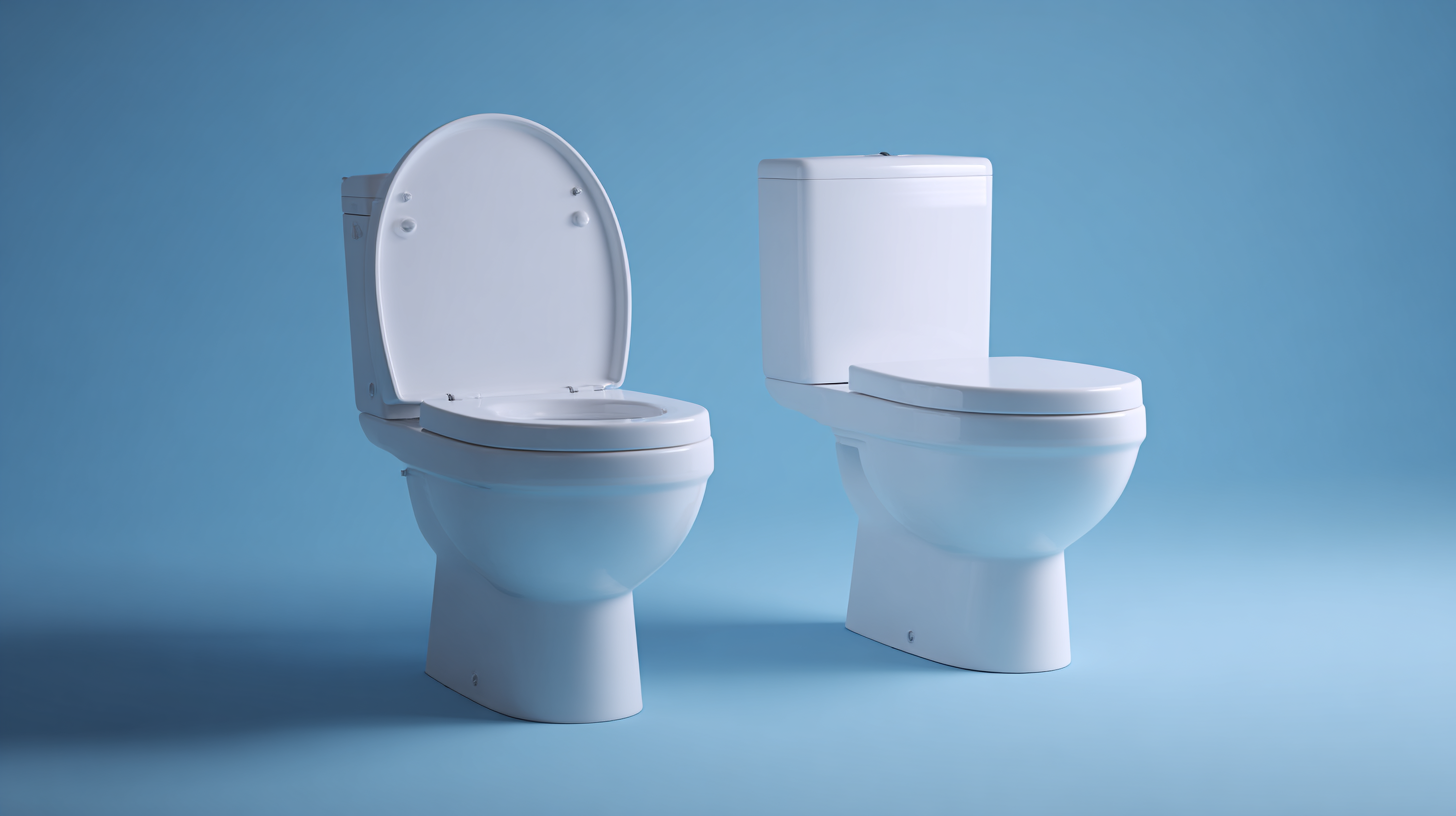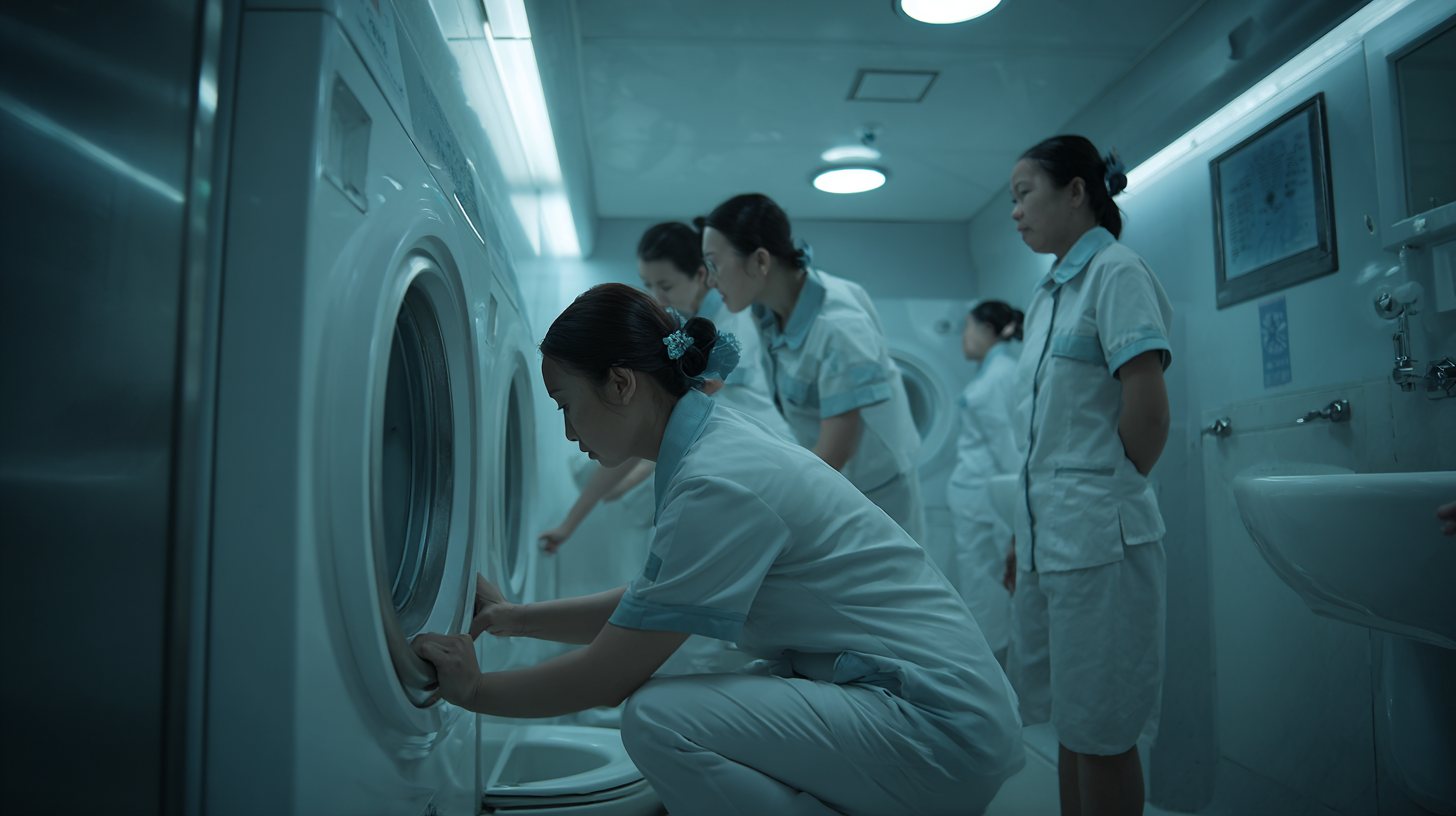Leave Your Message
In a world where sanitation is paramount to health and well-being, China is making significant strides with its innovative Self Washing Toilet technology. As urbanization accelerates and global populations rise, the demand for hygienic and sustainable solutions in bathroom facilities has never been greater.

This blog explores how China's advanced Self Washing Toilet is not just transforming personal hygiene but also setting unprecedented global quality standards. From its cutting-edge design that ensures thorough cleaning with minimal water usage to smart features that enhance user experience, this revolutionary product promises to redefine sanitation norms.
Join us as we delve into the impactful reasons behind this technological leap and how it can serve as a model for future sanitation practices worldwide.
The introduction of self-washing toilets in China marks a significant shift in public health standards, merging technology with sanitation to enhance hygiene. These innovative toilets not only reduce manual cleaning efforts but also ensure that surfaces remain sterile, minimizing the spread of germs and infections. As urban areas grow and populations increase, maintaining public health becomes paramount. Self-washing toilets are proving to be a practical solution, offering a cleaner environment in high-traffic locations such as malls, airports, and schools.
Moreover, the implementation of these advanced sanitation systems highlights the importance of hygiene in disease prevention. By automatically washing and drying, these toilets eradicate stubborn bacteria that can linger in traditional models, promoting a healthier experience for users. Public health experts suggest that the widespread adoption of self-washing toilets could lead to a significant decrease in hygiene-related illnesses, demonstrating their potential as a model for other countries aiming to improve health standards. As these toilets gain popularity, they set new benchmarks for cleanliness and health, inspiring a global movement towards improved sanitation practices.
In recent years, China's self-washing toilet technology has gained significant traction, positioning itself at the forefront of global sanitation innovation. According to a recent report from the International Toilet Organization, over 2.5 billion people worldwide still lack access to basic sanitation, highlighting an urgent need for advanced solutions. China's best self-washing toilets utilize cutting-edge technologies such as UV sterilization and automatic cleaning mechanisms. These features not only enhance hygiene but also significantly reduce water consumption, with some models reportedly using up to 30% less water than traditional flushing toilets.
Additionally, the integration of smart technology in self-washing toilets has made them more user-friendly and efficient. A survey conducted by the Global Sanitation Alliance found that toilets equipped with self-cleaning functions can decrease maintenance costs by up to 40%, benefiting both households and public facilities. As China continues to refine this technology, the country is setting a benchmark for quality standards that could influence sanitation practices worldwide. As urban populations rise and hygiene becomes a priority due to global health concerns, these innovations are not just improving bathroom experiences but are also pivotal in shaping the future of public health infrastructure.
The global smart toilet market is on the verge of significant growth, projected to reach an impressive USD 28.4 billion by 2034, with a robust compound annual growth rate (CAGR) of 13.1%. This surge is largely attributed to a rising consumer demand for advanced hygiene solutions, as well as increasing awareness regarding water conservation and sanitation. The integration of cutting-edge technology in sanitation products not only enhances user experience but also promotes health and hygiene, reflecting an urgent global need for modern sanitation solutions.

In addition to smart toilets, other related markets are expanding rapidly. The global facilities management market is estimated at USD 42.05 billion in 2024 and is set to double to USD 85.2 billion by 2033, growing at a CAGR of 9.2%. Similarly, the toilet hygiene product market is anticipated to reach USD 41.3 billion by 2034, driven by heightened awareness surrounding sanitation practices. As more consumers prioritize hygiene in their daily lives, the demand for smart sanitation products will likely continue to soar, shaping a new standard in global sanitation practices.
The growing emphasis on sustainable practices in modern toilet manufacturing and design is transforming the sanitation landscape, particularly in China. As the global ceramic sanitary ware market is projected to reach $115.634 billion by 2033, the spotlight is on innovative companies that are leading the way through eco-friendly designs and technologies. These advancements not only reflect a commitment to environmental sustainability but also play a vital role in setting new quality standards that resonate with consumers worldwide.
In this context, self-washing toilets exemplify how advanced engineering can align with sustainable practices. By integrating features that minimize water consumption and reduce the need for harsh cleaning chemicals, these toilets represent a leap forward in sanitary ware technology. As outlined in China's national development plans, the drive towards modernization goes hand-in-hand with responsible environmental stewardship. The commitment to sustainability in toilet design not only meets the growing demand for quality and functionality but also addresses pressing global challenges related to sanitation and waste management.
In recent years, China's self-washing toilets have emerged as a benchmark for innovation in sanitation, setting new global standards. The focus on user satisfaction in the design of these toilets highlights the stark contrasts between China and traditional global toilet standards. Many users appreciate the hygiene benefits and ease of maintenance, significantly improving their daily experience. In contrast, older models in some countries still rely on manual cleaning processes, often leading to lower satisfaction rates.

To enhance your toilet experience, consider investing in models with advanced self-cleaning features. These not only provide convenience but also ensure better hygiene, reducing potential health risks associated with traditional toilets. Additionally, exploring energy-efficient options can minimize water usage while maximizing cleanliness.
It’s also essential to remain informed about local regulations and global trends in toilet technology. Engaging with user reviews can provide insights into satisfaction rates and performance compared to established standards worldwide. This proactive approach will help you choose a product that not only meets but exceeds your expectations for sanitation and convenience.
